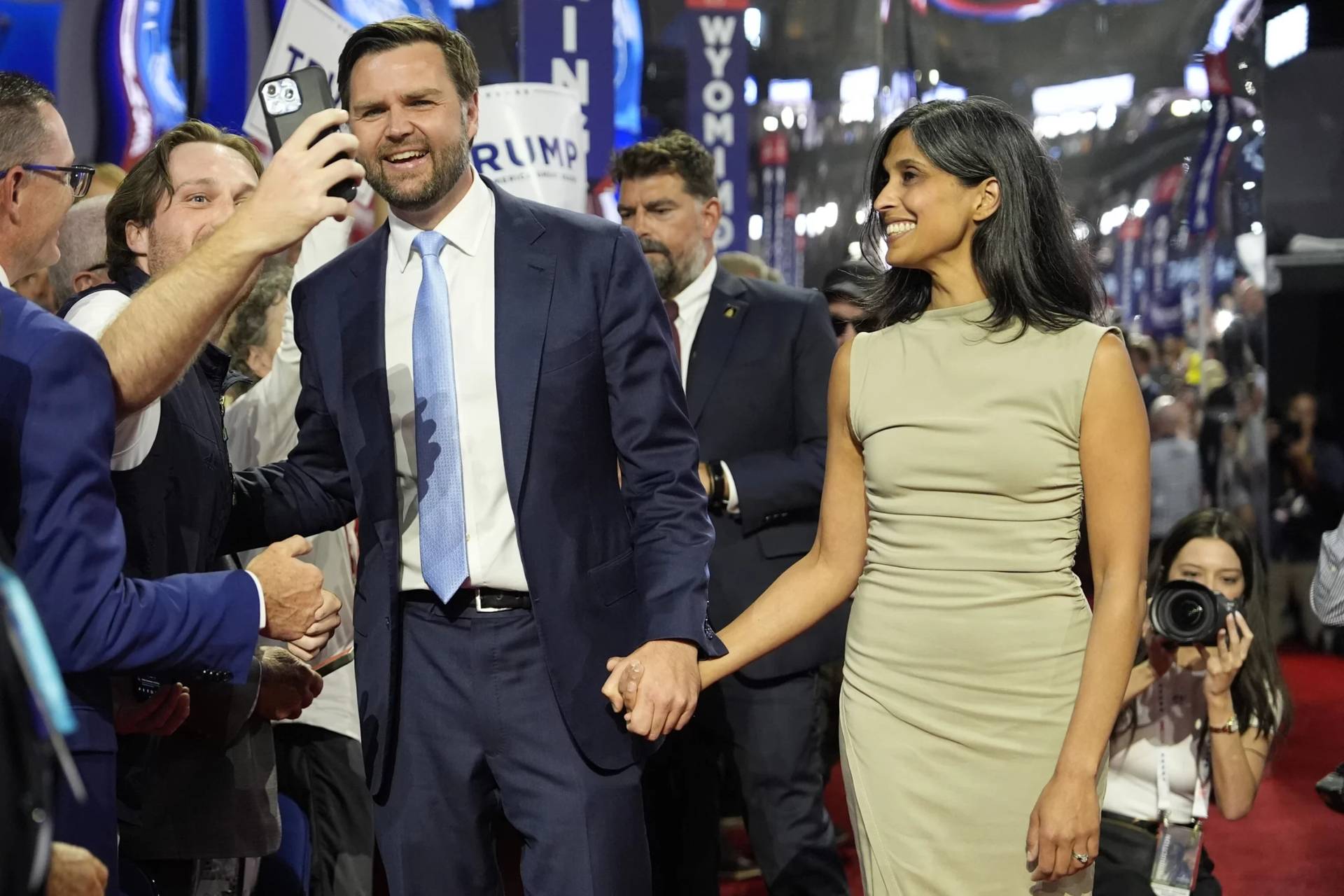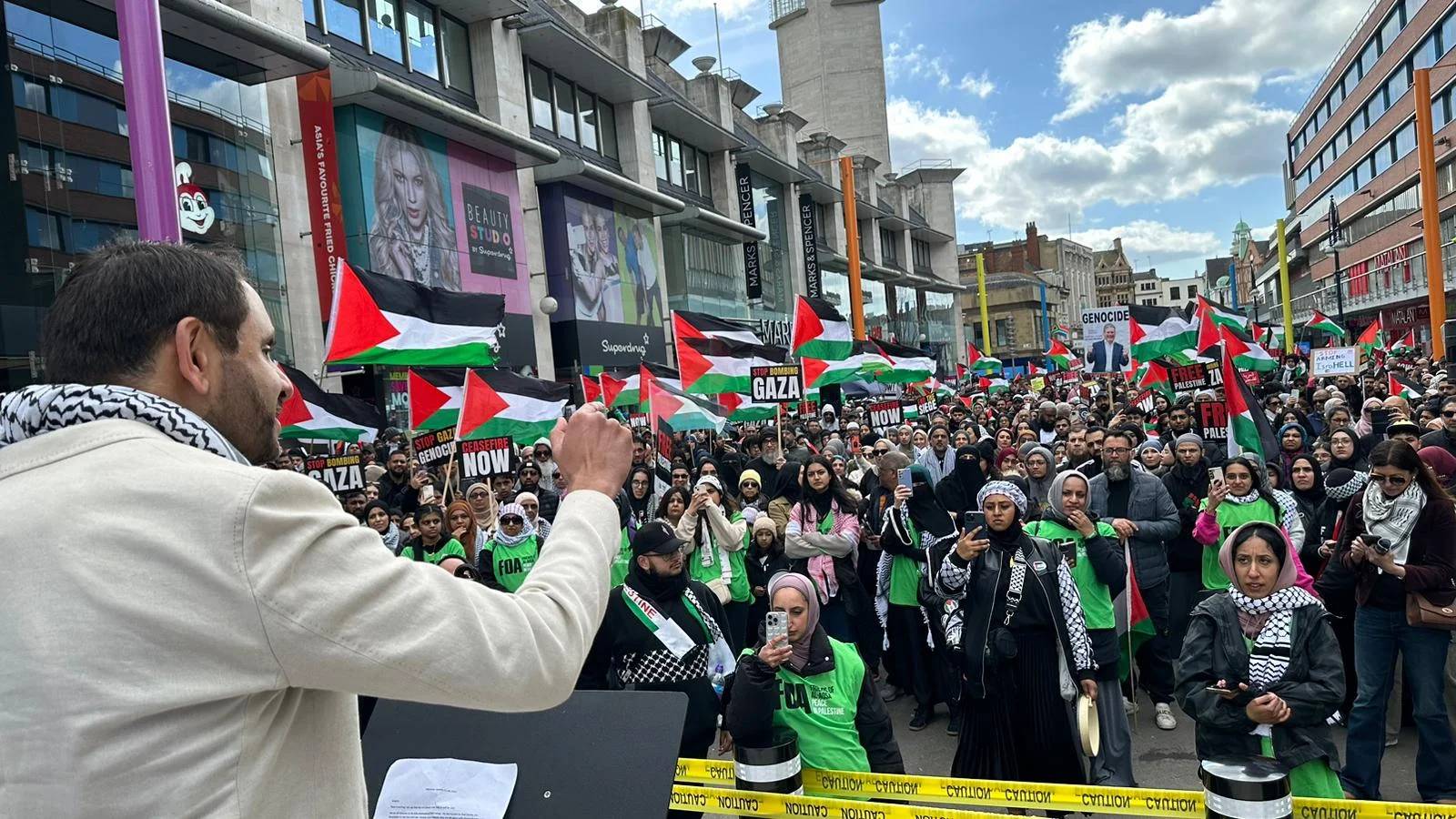Anyone wanting to peer into the Latin American heart of the Francis pontificate should make their way this weekend to the Colombian capital, Bogotá, where 15 cardinals and 120 bishops – along with heads of religious orders, rectors of sanctuaries and universities, and some 400 priests and lay people — are meeting to respond to the pope’s Jubilee of Mercy.
The event, jointly organized by the Bogotá-based Latin American Episcopal Council (CELAM) and the Vatican’s Pontifical Commission for Latin America (CAL), is the biggest gathering of church leaders on the continent since the great CELAM assembly at Aparecida, Brazil, in May 2007.
The four-day (August 27-30) ‘Extraordinary Jubilee of Mercy on the American Continent’ will open Saturday with a 32-minute video message from Pope Francis – by far his longest yet.
The contents of the message are being kept closely under wraps, but CAL secretary Guzmán Carriquiry, one of Francis’ closest collaborators in Rome, described it as “very impressive” and said it would have an impact well beyond Latin America.
Among the many implications of mercy considered by the Pope, he told Crux, one of them was political, stressing the importance of “regenerating our coexistence as peoples in the light of mercy.”
The gathering is being styled as an “event” rather than a conference, because in between major addresses – openers are by Cardinal Marc Ouellet, president of CAL, Cardinal Rubén Salazar, president of CELAM, and Archbishop Rino Fisichella, the pope’s point-man in charge of the Jubilee of Mercy – the delegates will visit slums, prisons, charitable projects and other ‘Works of Mercy’ in Bogotá.
They will also hear testimonies from famous Catholic social projects in Latin America such as the Jesuit-run Hogar de Cristo in Chile and the Fazenda da Esperança drug-rehab farms in Brazil.
The meeting will also recall the witness of Latin America’s saints throughout its history – its great missionaries, educators, mystics, martyrs, and advocates of the poor and indigeneous – in order to understand “how they continue to walk with us and challenge us today,” Carriquiry said.
One striking feature of the gathering will be a substantial delegation of North American bishops and cardinals, led by the US bishops’ conference president, Archbishop Joseph Kurtz of Louisville, and the Canadian primate, Cardinal Gerald Lacroux of Quebec.
Unusually for a CELAM gathering, as well as Spanish and Portuguese, English will be the third language at the event.
Collaboration between the Catholic Churches of the Americas – which has more than 60 per cent of the globe’s Catholics – has been steadily increasing since the days of John Paul II, who saw the border between North and South America as the next ‘Berlin Wall’ that needed to come down.
Since Benedict XVI appointed Canadian cardinal Ouellet as CAL’s president and himself as its secretary, the commission’s remit has “considerably broadened the understanding of the American continent,” says Carriquiry, who points to the Bogotá meeting as a real step forward in intra-American ecclesial collaboration.
Carriquiry also stresses the importance of the joint organization by CAL and CELAM.
Although in the past – notably at the time of the Santo Domingo conference in 1992, when relations between Rome and CELAM were at their frostiest – the two bodies had been distant from each other, today relations between CAL and CELAM “couldn’t be better,” says Carriquiry.
Of course, it helps to have a Latin American pope with close ties to CELAM who was also the main protagonist at the Aparecida assembly. Indeed, the theme of this weekend’s gathering – mercy as the key to a more pastoral, missionary Church – is as much Aparecida as it is the Francis pontificate.
In many ways, this gathering stands in a long tradition of the Latin American Church ‘receiving’ universal church teaching and assimilating it in the light of its own traditions, as it did, famously, at the 1968 CELAM assembly at Medellín, Colombia with the Second Vatican Council.
Later, at Puebla, Mexico in 1979, the CELAM assembly took the message of Pope Paul VI’s Evangelii Nuntiandi – which introduced the concept of evangelizing through culture – and applied it to Latin America.
A group of Catholic nationalist thinkers that included the then-Jesuit Father Jorge Mario Bergoglio as well as Carriquiry saw it as their task after Puebla to nurture what they called the “Catholic resurgence” on the continent.
Part of that renewal was the recovery of the unique colonial-era “culture” of Latin America, born of the revelation of God’s closeness to the suffering native peoples whose icon is Our Lady of Guadalupe, patron of the Americas. (Carriquiry describes her appearance in 1521 to Juan Diego as God’s “founding act” on the continent.)
Pope Francis has long been convinced that Latin America is being called now to serve the worldwide Church, and that to do so it must harness its pastoral and missionary reserves by deepening what Aparecida calls the “continental mission.”
So this weekend is really about deepening that mission.
Faced with the threat to Latin America from alien and hostile global forces, says Carriquiry, “we need a resurgence, a relaunching of missionary energies towards all the peripheries, in order to protect and renew this patrimony which God has entrusted to us.”
















